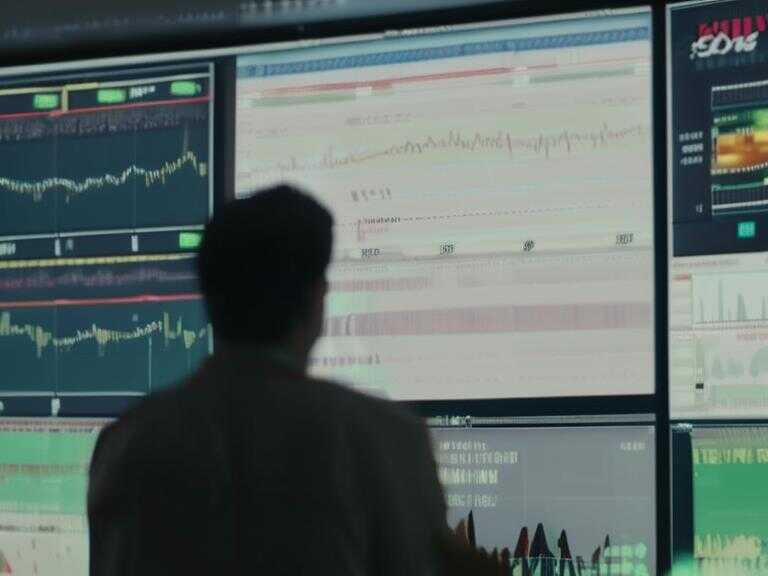
Inflation Surges Past Forecasts in February Despite Slow Consumer Spending
US inflation rose more than expected in February while consumer spending increased less than anticipated.

The Federal Reserve's preferred inflation gauge rose more than anticipated in February, while consumer spending demonstrated a smaller-than-projected increase, as per a report released by the Commerce Department on Friday. The core personal consumption expenditures price index recorded a 0.4% surge for the month, pushing the 12-month inflation rate to 2.8%. Economists polled by Dow Jones had anticipated figures of 0.3% and 2.7%, respectively.
Core inflation, which excludes volatile food and energy prices, is widely regarded as a more reliable indicator of long-term inflation trends. In the all-items measure, the price index climbed 0.3% for the month and 2.5% year-on-year, aligning with forecasts.
Consumer Spending and Income
Concurrently, the Bureau of Economic Analysis report indicated that consumer spending accelerated by 0.4% for the month, falling short of the projected 0.5%. This coincided with a 0.8% rise in personal income, exceeding the estimated 0.4%. Following the release of these figures, stock market futures declined, as did Treasury yields.
Federal Reserve's Focus on PCE Inflation
Federal officials prioritize the PCE inflation reading as they view it as a more comprehensive measure that adjusts for shifts in consumer behavior and places less emphasis on housing compared to the Labor Department's consumer price index. Shelter costs, a persistent contributor to inflation, rose by 0.3% in the PCE measure.
Goods and Services Price Changes
Prices for goods increased by 0.2%, driven primarily by recreational goods and vehicles, which surged by 0.5%. Gasoline prices partially offset this increase, declining by 0.8%. Service prices witnessed a rise of 0.4%.
The report emerged amid heightened market concerns that President Donald Trump's tariff policies could exacerbate inflation at a time when data was gradually progressing towards the Federal Reserve's 2% inflation target. After reducing rates by a full percentage point in 2024, the central bank has remained on hold this year, with officials expressing apprehension over the potential impact of import duties on prices.
Share news















